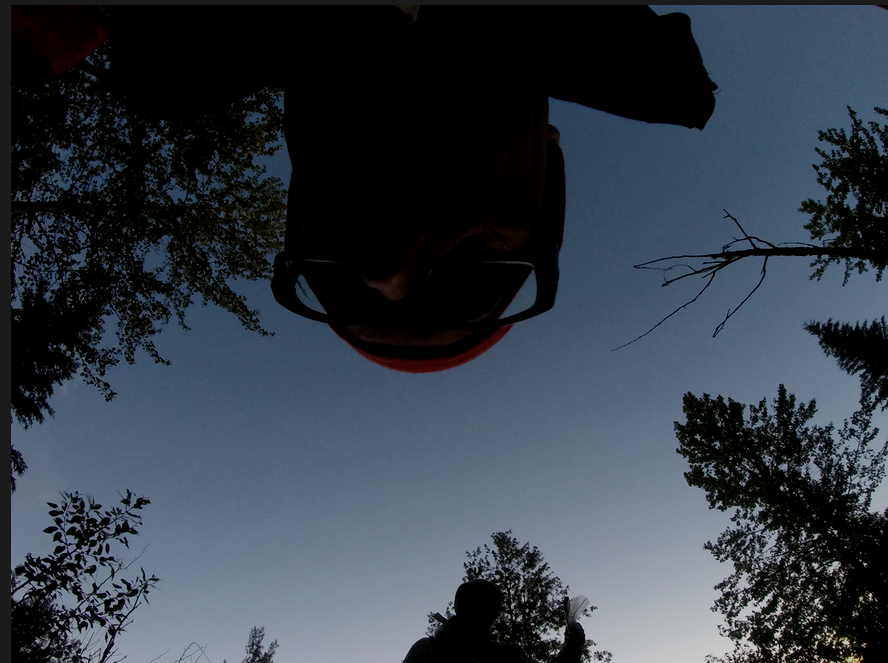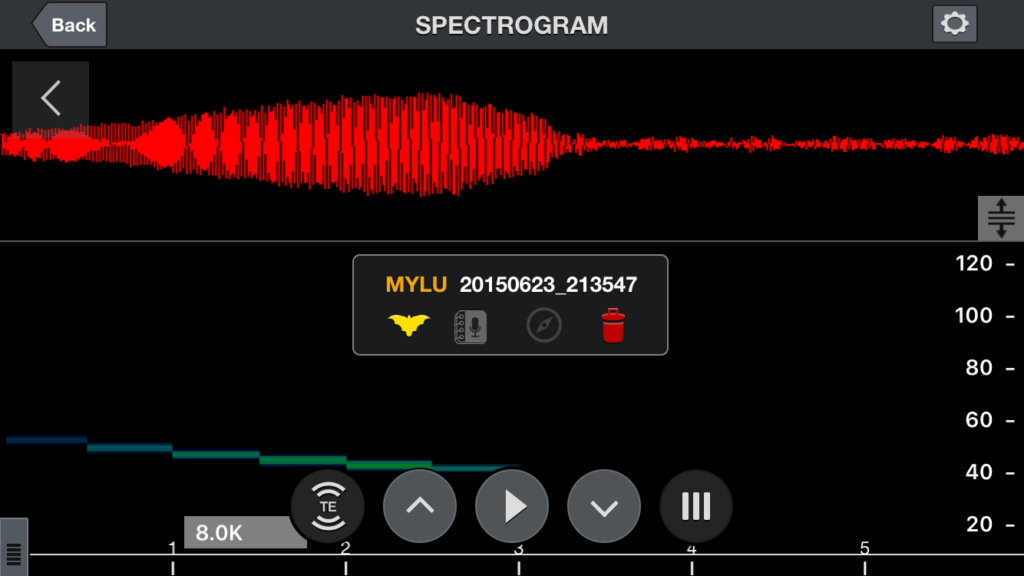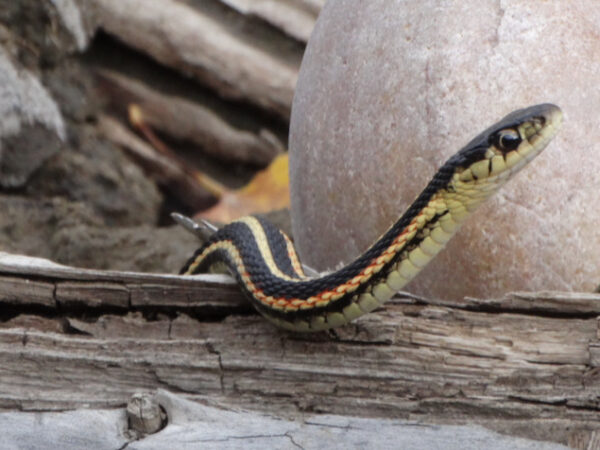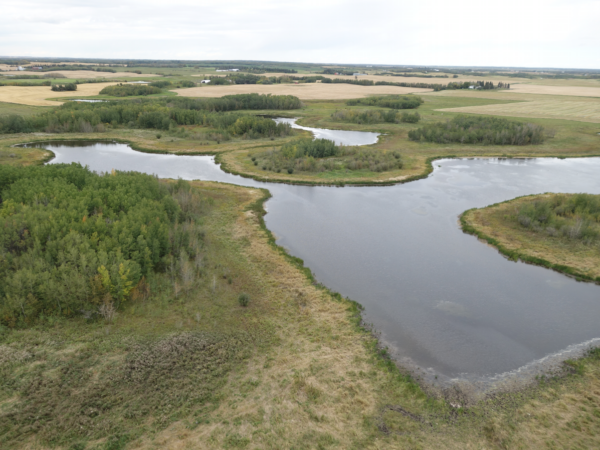At Fiera Biological, we know a lot about nature and wildlife. A lot of what we know we have learned through years of observation – not just in the course of wildlife consulting, but in our every day outdoor activities. At the coffee shop, for sure, some of us are people watchers, but once we are out of doors, we are all bird beholders, squirrel spyers, lily lookers, frog fixators, orchid oglers, and coyote casers. I don’t mean to brag, but from a hundred meters away, we can detect and properly identify species by sounds most people might not recognize as being from wildlife at all. Some of our wildlife consultants are expert trackers too; we can look at scuffmarks in the snow, and see the tell-tail sign of a least weasel passing by, or note that both a wolf and a coyote has passed by while stepping in the footprints of a boreal caribou. I know, impressive, right? We’re pretty up to date on our plants too. Grasses? Got’em covered. Mosses? … not a problem. Still there are things that we can’t do. For instance, we don’t have ultrasonic hearing, and that is a problem when one of our clients needs us to identify the species of bat occurring at a proposed development, or to determine if a particular bit of habitat is being utilized by bats.
When you consider that only 20% of the bat species found in Alberta are considered “Secure” it’s a down right shame that they are so difficult to find! Why are bats so tricky to detect, even for keen observers like the Fiera Biological Field Team? Well, they’re sneaky. Bats only come out of their secret hiding spots briefly to forage in the dark of night; they fly and are rarely on the ground to leave behind any tracks or sign of their presence; and although they emit short pulses of sound, for echolocating their prey and generally getting around in the pitch-blackness of night, these sounds are beyond the frequency humans are capable of hearing …
… that is without a little help. At Fiera, we employ what is generally referred to as a “Bat Detector”. It’s a handy little device that can detect and record the sounds that bats make and then converts them and plays them at a frequency that we mere humans can hear, in virtual real time (threre is a fraction of a second delay). Below is a recording of a little brown bat (Myotis lucifugus) that came into range of our study site this summer, north of Whitcourt, Alberta. Its pretty quiet, listen carefully!
Better yet, from the perspective of wanting to be sure of the species, the Bat Detector creates a graphic, or spectrogram, of the “shape” of the bat sounds, so that a more positive ID can be achieved, and it records and saves the sounds so we can have a closer inspection later. Below is an image of what the bat detector shows us in the field. This little brown bat was emitting ultrasonic pulses in the range of 40 kHz — way beyond what humans are capable of hearing, typically less than 5 kHz.
Well, thats enough bat blogging, we have to get back to woodpecker watching, snake scrutinizing, grass gauging, moss musing, salamander sleuthing, and lichen leering.







